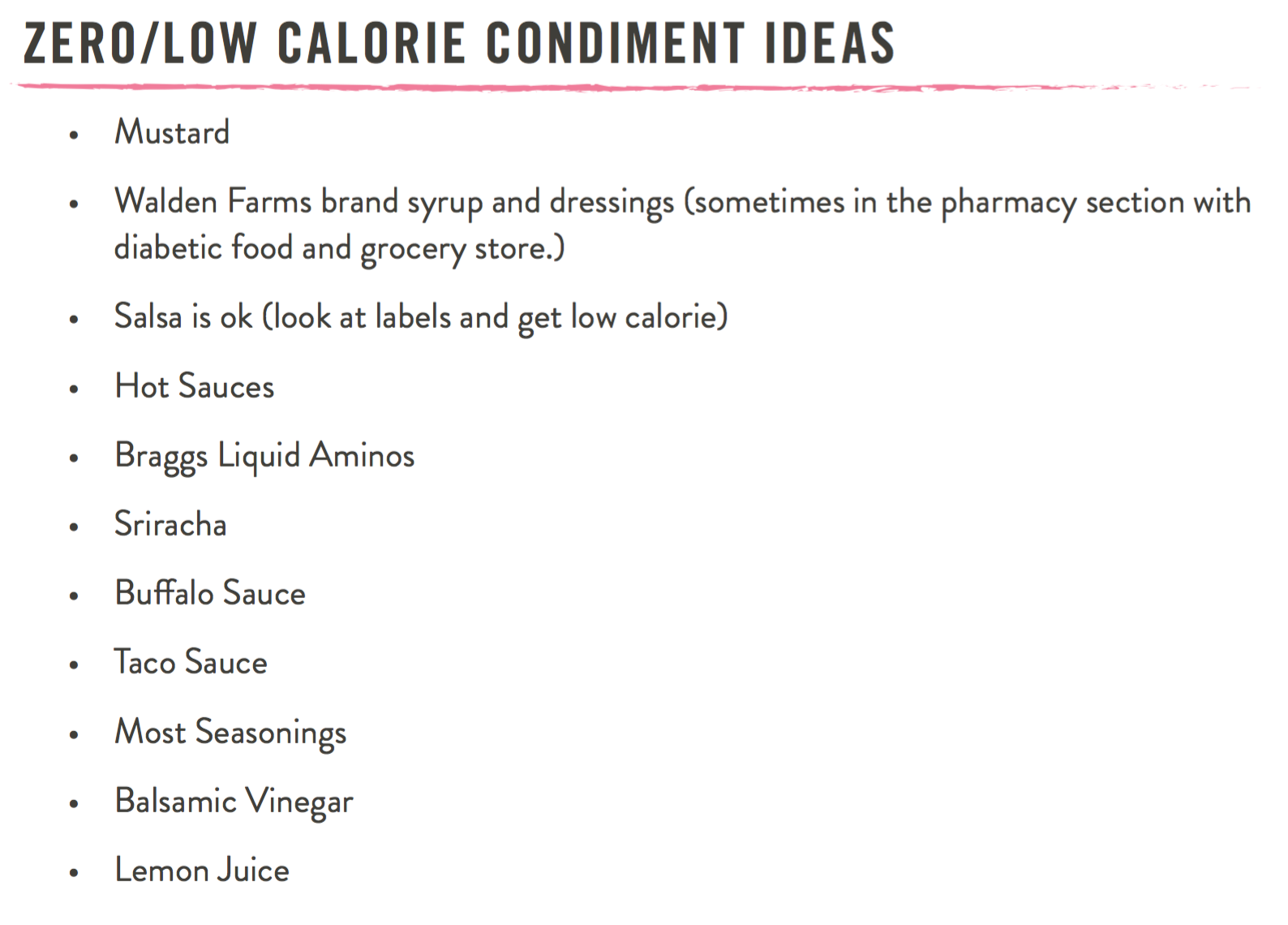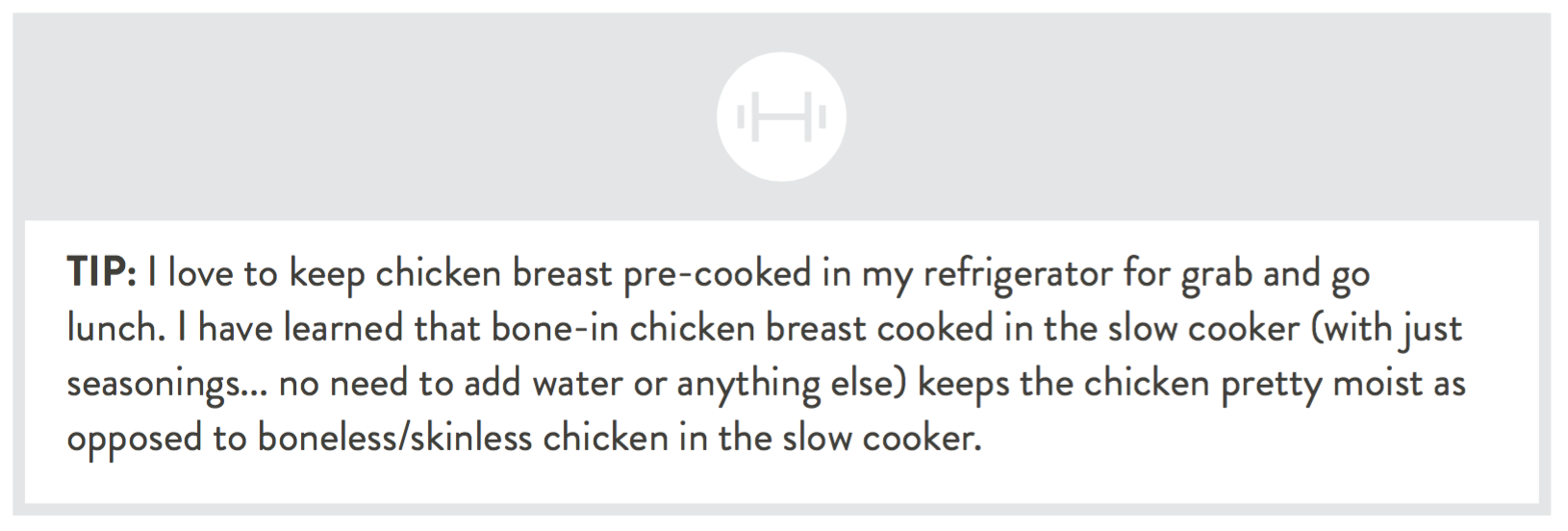You may have a solid exercise plan, but without a doable nutrition plan you can follow as a busy mom, it’s going to be tough to reach your goals for good. If you’ve followed me for long, you know I’m an advocate of balance and health. Let’s stop crash dieting and really make lasting changes for yourself and your family.
You may know from personal experience that diets don’t work! To really reach your goals and not rebound, you have to make eating well your lifestyle. As a busy mom I know that it’s not always easy to eat well, but I can show you so many examples of other real life busy moms that are living proof that it is possible! I’m happy to share how with you here in this Busy Mom Gets Fit Diet.
(You may also know that I LOVE Isagenix shakes and nutrition products. Those are tools I use to stay on track. It’s still important to also learn what else to eat and when. That’s what this plan is.)
But how do you eat in order to look great, feel great, AND still enjoy life?
Learning the basics is key as well as allowing yourself some leeway. That’s what this diet program is all about; building a solid foundation and making it work with a busy life. I encourage you to buckle down and hold yourself to the plan, but allow yourself 1 “treat meal” per week until you meet your goal. I’ve included guidelines in the plan for the treat meal to ensure that you still meet your goals.
Consider watching this video about the shakes and things I use to stay on track! HERE
Ok, I get it. You are wanting a big change and you just want me to tell you exactly what to eat. I will work with you here. But I want you to venture into the Phase 2 Diet within two weeks. In the Phase 2 Diet, I take you off of a rigid plan and help you learn to fit the foods you love into parameters.
This plan encompasses all of the dietary guidelines I teach you in Phase 2 Diet, just with meals already selected for you.
IMPORTANT: You may need to tweak this plan to fit your personal goal:
WEIGHT LOSS GOAL: The meal plan AS IS is approximately 1400 calories and designed for weight loss.
WEIGHT MAINTENANCE: If your goal is to maintain your weight, you will need to double your snack calories (i.e. you’ll need 2 snack choices of approximately 300 calories).
GAIN WEIGHT/MUSCLE: You may even want to gain weight. If this is the case add in an additional meal choice each day of 400-600 calories.
MEAL PLAN - Week 1 & 2
It's simple: Choose 3 meals and 2 snacks each day from the Recipe Guide.
Organize your choices as follows:
Breakfast
Snack 1
Lunch
Snack 2
Dinner
Ideally your meals/snacks would be spaced a few hours apart, however don’t get too concerned over the timing of your meals and snack at this point.
Once per week, substitute one of Breakfast/Lunch/Dinner for a “treat meal”. A treat meal is equivalent to: appetizer +main course + drink OR dessert. Enjoy it! Food is a pleasure in life. However, be mindful that you don’t eat in excess or demonstrate binging behaviors. If you find you become out of control, then I strongly encourage you to do some deep reflection about this behavior and seek out support or professional help. I care about your health, physical and mental, first and foremost.
It’s not realistic to think you can stay on a meal plan for life. It’s no fun. We all have different tastes and preferences, and quite honestly, one certain breakfast, for example, may not help you lose weight better than the other. What is doable long term is to fit in the foods you like and work within certain parameters that have some flexibility. Learn to track calories (at least for awhile). Learn what to eat & eyeball the right portion sizes for the choices you make. And start making lasting changes slowly.
Key basics for learning to eat well for life are:
Learning how many calories to eat
Learning what to eat
Becoming “protein minded”
Meal Plan - Weeks 3 to 8
CALORIES
How many calories should I eat?!
You’ve probably heard the number “1200” tossed around a lot. Often 1200 calories is too few calories for most women. Most women will actually see good weight loss on a 1700 calorie diet if they include exercise at the same time (that’s you!).
The number of calories a woman should eat largely varies based on body type, her level of activity, the state of her metabolism and her goals. That’s a lot of “it depends”. However, a good rule of thumb for a healthy-weighted woman looking to control her weight while staying healthy, is to begin at 10-17 times her bodyweight in calories (10-12 if you want to lose weight, 13-17 if you want to maintain, 18+ to gain). As you progress and want to shed more fat, you can lower your calories slowly over time, but we do not recommend going below 10 times body weight for any extended period of time or staying at 10 x your bodyweight forever.
Do you think this number is too high?! It can be a scary thing to eat MORE to lose weight! If you are a serial dieter and have cut calories for long lengths of time, you know there comes a time where you throw up your hands because you can’t eat any less and your body is not changing! You’ve stalled your metabolism; your body goes into starvation mode. With a better plan and learning to eat to fuel your body, you can get it running again and you may be surprised that you can eat a greater amount of food and get leaner.
Track Your Calories
Now that you have a target number to shoot for, it’s a good idea to track your calories for a while until you get in a rhythm of eating at this level or until you reach your goals. This may be as little as one week or as long as a couple months. I recommend using an app such as MyFitnessPal to help you track.
Do I Have to Track Everything Forever?!
It’s not realistic to track calories every day for the rest of your life. At minimum it’s an annoyance and it could promote obsessive food behaviors which I don’t support. Yet it is often very important to track your food initially to reach goals and to learn how much you consume. Consider it a “Food-u-cation”.
To put it into perspective, let’s say you track your food all week and hit your calorie targets each day. Then the weekend rolls around and you just want to relax a bit so you say “Screw it, I deserve to take a break.” In just the 1 day (even 1 meal), you can undo the work you did all week long tracking. You may think what you chose to eat wasn’t “that bad”, but the portion size along with what else you ate that day can take you way off track. Until you innately know what portion sizes and food choices are in accordance with your goals, I recommend you track your food, otherwise be satisfied and accepting if your desired changes don’t materialize.
How Many Meals Should I Eat?!
3 meals and 2 snacks a day
Ideally your meals/snacks would be spaced a fews hours apart, however don’t get too concerned over the timing of your meals and snack at this point.
Once per week, substitute one of Breakfast/Lunch/Dinner for a “treat meal” that you do not track. A treat meal is equivalent to: appetizer + main course + drink OR dessert. Enjoy it! Food is a pleasure in life. However, be mindful that you don’t eat in excess or demonstrate binging behaviors. If you find you become out of control, then I strongly encourage you to do some deep reflection about this behavior and seek out support or professional help. I care about your health, physical and mental, first and foremost.
Which Foods Should I Be Eating?
When I decided to change the way I ate, I started with my pantry. I slowly started to switch out processed snacks for WHOLE foods (junky snacks for fruit, veggies, whole grains, nuts, yogurt, etc). And I started to not reinvent meals, but rethink the meals my family already loved. We still ate spaghetti, for example, I just cooked it with lean meat, whole grain pasta and skipped the garlic bread. I also didn’t add extra cheese to my dishes.
I suggest you put this list of foods on your refrigerator and slowly try to incorporate all of them into your family’s diet, slowly weeding out the junk that doesn’t fit:
Cooking Tips
Vegetable Preparation:
Try to use as little oil for non-sticking as possible
Steam
Roast in oven
Raw
Grill
Try seasoning them with zero calories things like dry seasonings instead of oils and butters (Smothered in cheese or wrapped in bacon is a no-go :)
Meat Preparation:
Grill
Bake
Slow cook
Broil
Anything that requires very little oil for non-sticking
Eat More Protein: Becoming Protein Minded
A key element in building muscle tone, is to eat enough protein to support the muscle growth. I’ve not met a woman starting out on a fitness journey yet that eats enough protein. To build muscle, you should aim to eat 1-1.2g of protein per pound of body weight. To hit that higher number, I’ve found I’ve had to change my mindset to being “protein minded”, meaning I think about getting protein in at each meal. I also drink protein shakes a couple of times a day to get in extra protein to hit that target. If you make it a point to have a serving of protein at every meal, you will be doing better! Think PROTEIN!!
After Week 8: What’s Next For Your Diet?!
Now that you know what your meals should look like. You’ve had some trial and error and had to make changes. You’ve likely also had several moments where you were shocked to learn how some of your normal food choices don’t easily fit with your goals (“That bagel and butter took up so much of my targets!!! AH!”)
A key point of tracking your food is for you to learn portion sizes. I want you to move away from recording everything you eat, and instead start to “eyeball” your food choices. Personally, no food is off limits for me. There are no "bad" foods. Just learn to eat well most of the time, and have those treats you crave occasionally.
What’s Up With “Macros”?
You may have heard the term “macros” thrown around by people in the fitness industry. “Macros” is a term short for macronutrients, and refers to eating a certain ratio of protein, carbohydrates, and fats to meet certain goals. Again, there is no “one size fits all” when it comes to setting macros. Different body types do better on different ratios of protein:carbohydrates:fats. However, most body types can be successful on a moderate approach. I work with online clients one on one if you are interested in a macro approach to reach your goals. val@busymomgetsfit.com
Please keep me posted on your progress! Find me on social media and tag me. I'm looking forward to helping you get fit for good! xo -Val












